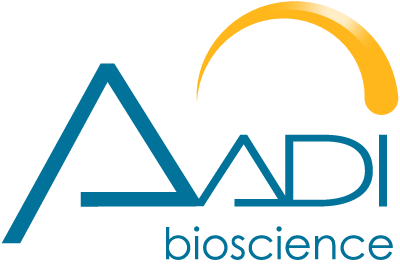Mitochondrial Disease
Numerous health problems, including neurological and muscular degeneration, cardiomyopathies, cancer, diabetes, and pathologies of aging can arise from mitochondrial dysfunction. Disorders such as Leigh syndrome, MELAS, NARP Syndrome and Freidrich’s Ataxia have been associated with mitochondrial defects. Severe mitochondrial defects can result in childhood disorders such as Leigh syndrome, for which there are no effective therapies and are often fatal.

Preclinical studies showed evidence that rapamycin, through inhibition of the mTOR signaling pathway, robustly enhances survival and attenuates disease progression in a mouse model of Leigh syndrome [1]. Administration of rapamycin to these mice, which are deficient in the mitochondrial respiratory chain subunit Ndufs4, delays onset of neurological symptoms, reduces neuroinflammation, and prevents brain lesions. Rapamycin induces a metabolic shift toward amino acid catabolism and away from glycolysis, alleviating the buildup of glycolytic intermediates, which could contribute to its therapeutic benefits. This approach of could be applicable for a broad range of mitochondrial diseases.
Due to the unique pharmacological profile of ABI-009, ABI-009 is well-suited for the treatment of certain mitochondrial diseases. AADi is planning to conduct a phase 2a study to determine the optimal dose and utility of ABI-009 in pediatric patients with Leigh syndrome.
1. Johnson et al (2013). Science. 342 (6165): 1524–1528
